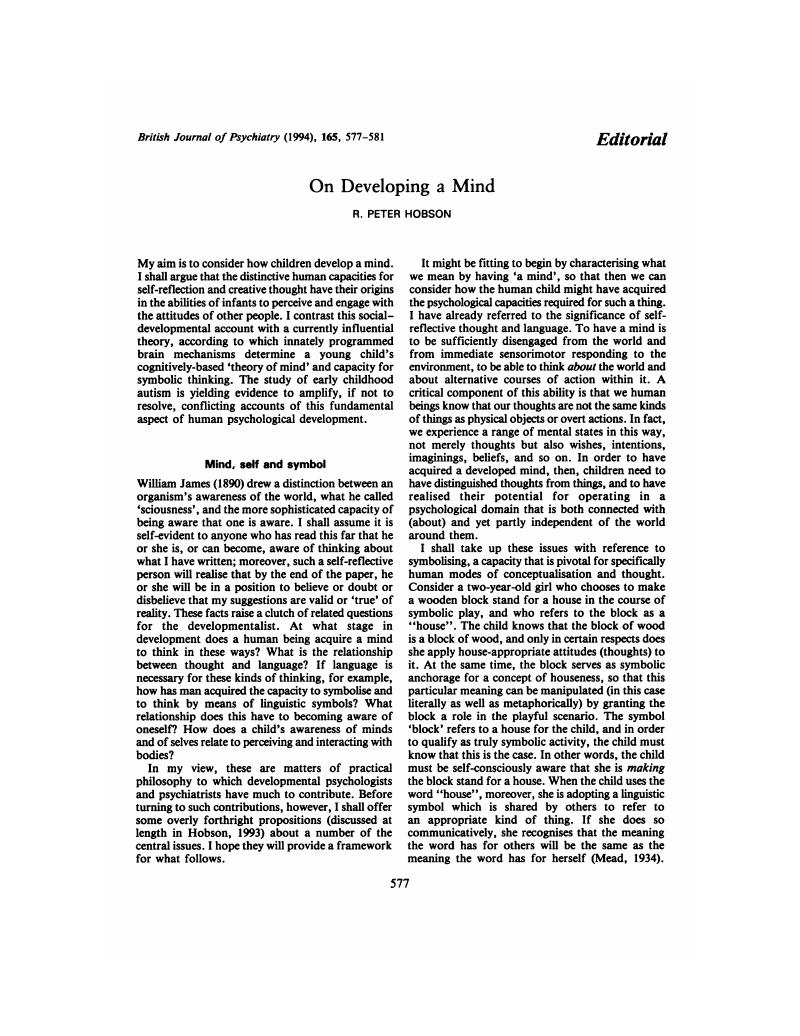Crossref Citations
This article has been cited by the following publications. This list is generated based on data provided by Crossref.
Wahlberg, Tim
2001.
Autistic Spectrum Disorders: Educational and Clinical Interventions.
Vol. 14,
Issue. ,
p.
3.
Silvén, Maarit
2002.
Origins of knowledge: learning and communication in infancy.
Learning and Instruction,
Vol. 12,
Issue. 3,
p.
345.
Wahlberg, Tim
Rotatori, Anthony F.
Deisinger, Julie
and
Burkhardt, Sandra
2003.
Effective Education for Learners with Exceptionalities.
Vol. 15,
Issue. ,
p.
195.
Carlyle, Jo-anne
and
Evans, Chris
2005.
Containing Containers: Attention to the ‘Innerface’ and ‘Outerface’ of Groups in Secure Institutions.
Group Analysis,
Vol. 38,
Issue. 3,
p.
395.
Chang, Su-Youn
2015.
The Improving Effects of Self-development Capacity in General Education on the National Competency Standards.
Journal of Vocational Education & Training,
Vol. 18,
Issue. 3,
p.
179.
Wright, Barlow C
2022.
Language can obscure as well as facilitate apparent-Theory of mind performance: part 1 - An exploratory study with 4 year-Olds using the element of surprise.
Cogent Psychology,
Vol. 9,
Issue. 1,




eLetters
No eLetters have been published for this article.